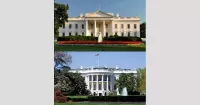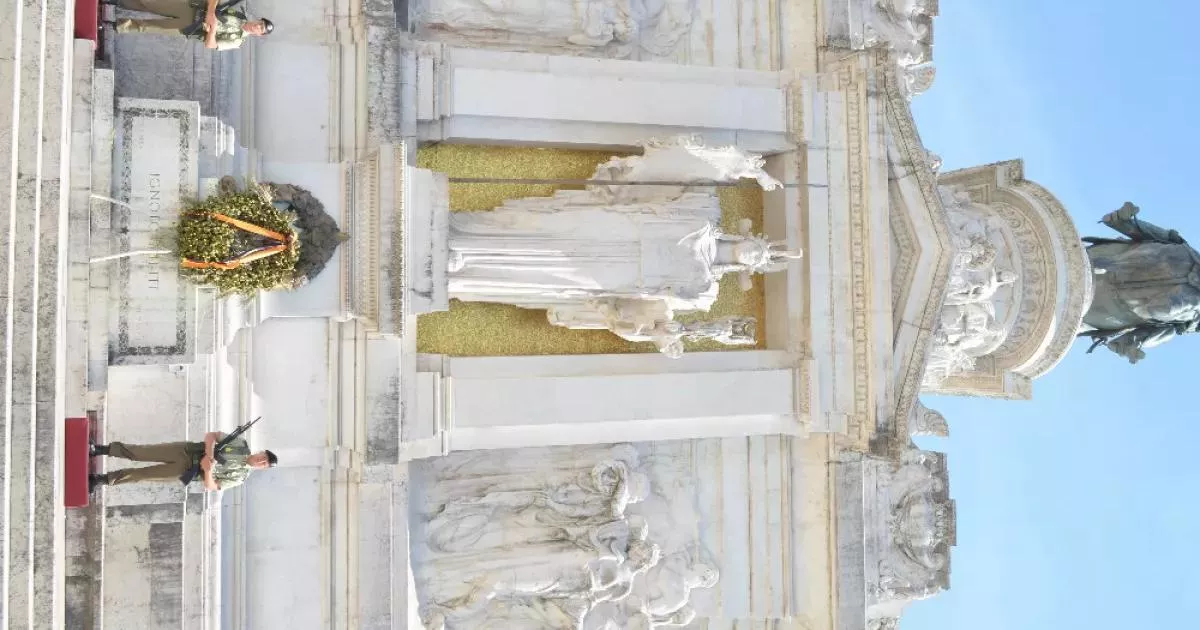Tombs of the Unknown Soldier or Warrior are monuments dedicated to unidentified soldiers killed in war, serving as a tribute to all fallen soldiers. These high-profile national monuments are found in many countries. The concept emerged after World War I as a way to honor the numerous soldiers who died without their remains being identified. These tombs typically contain the body of one such unidentified soldier, symbolizing the sacrifice of all unknown soldiers.
1908: End of State Sacrifices
In 1908, the practice of offering state sacrifices twice a year at the shrine in Jinju, Korea, was ended by royal edict.
November 1916: Proposal for a French Tomb of the Unknown Soldier
In November 1916, a local officer in France suggested burying "an unknown soldier" in the Panthéon.
November 1918: Formal Bill Presented to French Parliament
A formal bill for the creation of the Tomb of the Unknown Soldier was presented in the French Parliament in November 1918.
September 1919: French Law Passed
In September 1919, the decision to create the Tomb of the Unknown Soldier in France was voted into law.
1920: UK and France Hold Services
Both the UK and France held services at their newly designated tombs on Armistice Day 1920.
Mentioned in this timeline
Korea is a peninsular region in East Asia comprised of...
France officially the French Republic is a country primarily in...
Portugal is a country located on the Iberian Peninsula in...
Italy officially the Italian Republic is located in Southern and...

September is the ninth month of the year in the...
Trending

6 months ago Norman Powell: Clippers' Key Player, Bruin X Factor in NBA Playoffs Game.

6 months ago Bam Adebayo sends message to Strus before the Heat vs Cavs playoff.
9 minutes ago Justin Brazeau Scores Goal, Trade Market Speculation Arises for Pittsburgh Penguins Forward

3 months ago Noah Centineo to star as young Rambo in prequel, taking over Stallone's role.

1 hour ago Kyle Singler, Former NBA Player, Arrested for Domestic Violence in Oklahoma

6 days ago Taylor Fritz: Swiss Indoors Basel 2025 Schedule, TV Channels, Live Stream Details
Popular

The White House located at Pennsylvania Avenue NW in Washington...

Gavin Newsom is an American politician and businessman currently serving...

George Soros is a Hungarian-American investor and philanthropist with a...

Doug Ford is a Canadian politician and businessman currently serving...

XXXTentacion born Jahseh Dwayne Ricardo Onfroy was a controversial yet...

Bernie Sanders is a prominent American politician currently serving as...
